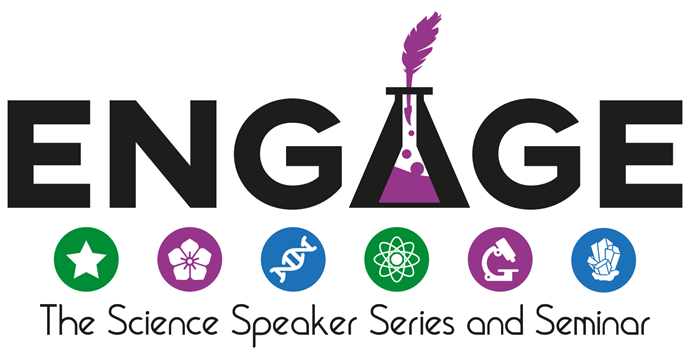Honey is Magic: 3 Honey Mysteries Only Science Can Explain
A few years ago, I poured boiling water into my tea mug and promptly (and entirely accidentally) dropped my mug, spilling scalding water all over. The result was a large burn on the top of my foot, which quickly became an open blister. After two weeks and copious amounts of money spent at CVS on burn treatments, I finally went to see a doctor (yes, I know, I should have gone sooner). You can imagine my surprise when the doctor applied medical-grade honey to my open wound. In less than a day, my burn had started to heal at an incredible rate!
Is honey magic? Are bees the supernatural harbingers of sweet golden potions? How does honey make skin regrow faster than my dog’s toenails (which I have to clip weekly)? My questions were endless, especially considering I’d never thought of honey as medicine before. As I am a grad student studying medicinal chemistry, I started digging into the medicinal and chemical properties of honey; I found some fascinating answers to these questions and more.
Scientists have discovered exactly why honey encourages the healing of wounds; it’s because honey is hygroscopic. Now “hygroscopic” isn’t a spell or enchanted word, but instead means that honey attracts and holds water molecules. The high sugar content of honey results in it containing very little water and actually being dry in its natural state, then it sucks up any water that it comes into contact with. For example, when applied to a wound, the honey draws the water out of the damaged tissue. Removal of fluid from the area reduces swelling and decreases inflammation. I should quickly note that honey straight off your shelf hasn’t been sterilized to the standards of medicine, so please don’t use the same spoonful of honey on your cut as in your tea!
Honey is also healing because it is:
Antibacterial, as it dehydrates the bacterial cells by drawing out their water, preventing them from multiplying,
Antimicrobial since its high acidity also prevents microbes like bacteria from growing
Antifungal because it contains hydrogen peroxide, which is a common disinfecting reagent.
Effectively, honey is a warrior (a kick-ass one at that), and we’ve known about its healing properties for ages! In fact, some of the oldest medical literature known to exist, such as the Ebers Papyrus from 1550 BCE, contains information about honey and its healing properties. These properties are also why honey is immortal. You can keep a jar of honey in an airtight container indefinitely because mold, microbes, and other germs are unable to live and grow in it.
More than anything, what I’ve learned from my honey experience is that there are so many amazing mechanisms that have existed all around us for thousands of years, and how much science can increase our understanding of the natural world we occupy. Because of science, we understand the magic that is honey. Because of science, we can utilize honey to perform incredible feats of healing. And because of science, we can continue to pass on this special knowledge immortally to future generations.
Halli Benasutti is a biochemistry graduate student at the University of Washington, where she works to develop therapeutics for a disease called muscular dystrophy. Muscular dystrophy is a result of mutations in DNA, which cause the gradual wasting away of patient’s muscles over time, affecting their ability to walk, talk, and even breathe.


